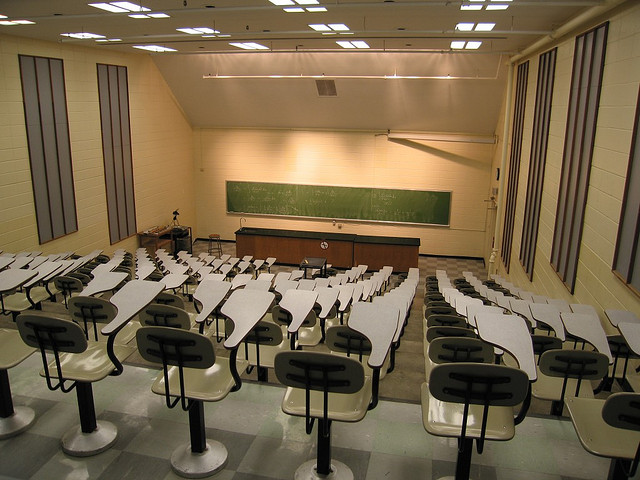My entire career has been spent teaching and working with graduate students who are also practitioners. I’ve worked with college presidents and vice presidents far along in their careers as well as new master’s students just starting theirs. During this time, I’ve had many conversations with colleagues and students regarding how to best prepare practitioners in practice not focusing on research . Common questions include the necessity of theory, teaching technical skills, and the value of case studies for offering a glimpse into “real life.” One of the most common questions that come up in these discussions is the role of scholarly writing. Do students need to write a dissertation? What should that look like for practitioners versus future scholars? Should class assignments mirror real life problems or the abstract world of scholarship. In today’s post, I want to explain why I think practitioners need to learn scholarly writing.

Scholarly writing is hard. It is easy to say some students can do it and other can’t. This simply isn’t true.





